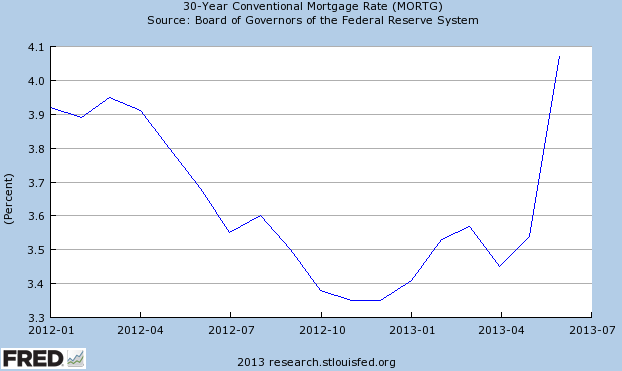 |
| From The Blog of HORAN Capital Advisors |
Disclosure: Our firm holds a long position in TRI
 |
| From The Blog of HORAN Capital Advisors |
Posted by
David Templeton, CFA
at
9:43 PM
0
comments
![]()
![]()
Labels: General Market , International
 |
| From The Blog of HORAN Capital Advisors |
 |
| From The Blog of HORAN Capital Advisors |
Posted by
David Templeton, CFA
at
10:38 AM
0
comments
![]()
![]()
Labels: General Market , Technicals
 |
| From The Blog of HORAN Capital Advisors |
 |
| From The Blog of HORAN Capital Advisors |
 |
| From The Blog of HORAN Capital Advisors |
Posted by
David Templeton, CFA
at
9:55 PM
0
comments
![]()
![]()
Labels: General Market , Technicals
 |
| From The Blog of HORAN Capital Advisors |
Posted by
David Templeton, CFA
at
1:57 PM
0
comments
![]()
![]()
Labels: Newsletter
In the below video Warren Buffett provides his take on stocks and the market. A couple of key points he mentions are:
Posted by
David Templeton, CFA
at
1:12 PM
0
comments
![]()
![]()
Labels: General Market
"The Dow just made another post-financial crisis rally high. To provide some further perspective to the current Dow rally, all major market rallies of the last 112 years are plotted on today's chart. Each dot represents a major stock market rally as measured by the Dow with the majority of rallies referred to by a label which states the year in which the rally began. For today's chart, a rally is being defined as an advance that follows a 30% decline (i.e. a major bear market). As today's chart illustrates, the Dow has begun a major rally 13 times over the past 112 years which equates to an average of one rally every 8.6 years. It is also interesting to note that the duration and magnitude of each rally correlated fairly well with the linear regression line (gray upward sloping line). As it stands right now, the current Dow rally that began in March 2009 (blue dot labeled you are here) would be classified as well below average in both duration and magnitude. However, when compared to the most recent post-major bear market rally (i.e. the rally that began in 2002), the current rally is significantly greater in magnitude and accomplished this feat in less time."
 |
| From The Blog of HORAN Capital Advisors |
Posted by
David Templeton, CFA
at
3:30 AM
0
comments
![]()
![]()
Labels: General Market
 |
| From The Blog of HORAN Capital Advisors |
Posted by
David Templeton, CFA
at
10:42 PM
0
comments
![]()
![]()
Labels: General Market , International
 |
| From The Blog of HORAN Capital Advisors |
“Dividends continued to increase in the second quarter with actual cash payments increasing 15.5% and the forward indicated dividend setting another all-time high. Payout rates, which historically average 52%, continue to remain near their lows at 36%. At this point, year-to-date dividend payments are up 13.9%, with 2013 easily expected to surpass the 2012 record dividend payment.”
Posted by
David Templeton, CFA
at
9:46 PM
0
comments
![]()
![]()
Labels: Dividend Analysis , Dividend Return
 |
| From The Blog of HORAN Capital Advisors |
 |
| From The Blog of HORAN Capital Advisors |
Posted by
David Templeton, CFA
at
1:11 PM
0
comments
![]()
![]()
Labels: Economy , General Market
 |
| From The Blog of HORAN Capital Advisors |
Posted by
David Templeton, CFA
at
10:51 PM
1
comments
![]()
![]()
Labels: General Market , International
Posted by
David Templeton, CFA
at
3:21 PM
0
comments
![]()
![]()
Labels: Education , Financial Planning , General Market
 |
| From The Blog of HORAN Capital Advisors |
 |
| From The Blog of HORAN Capital Advisors |
Posted by
David Templeton, CFA
at
1:06 PM
0
comments
![]()
![]()
Labels: Economy